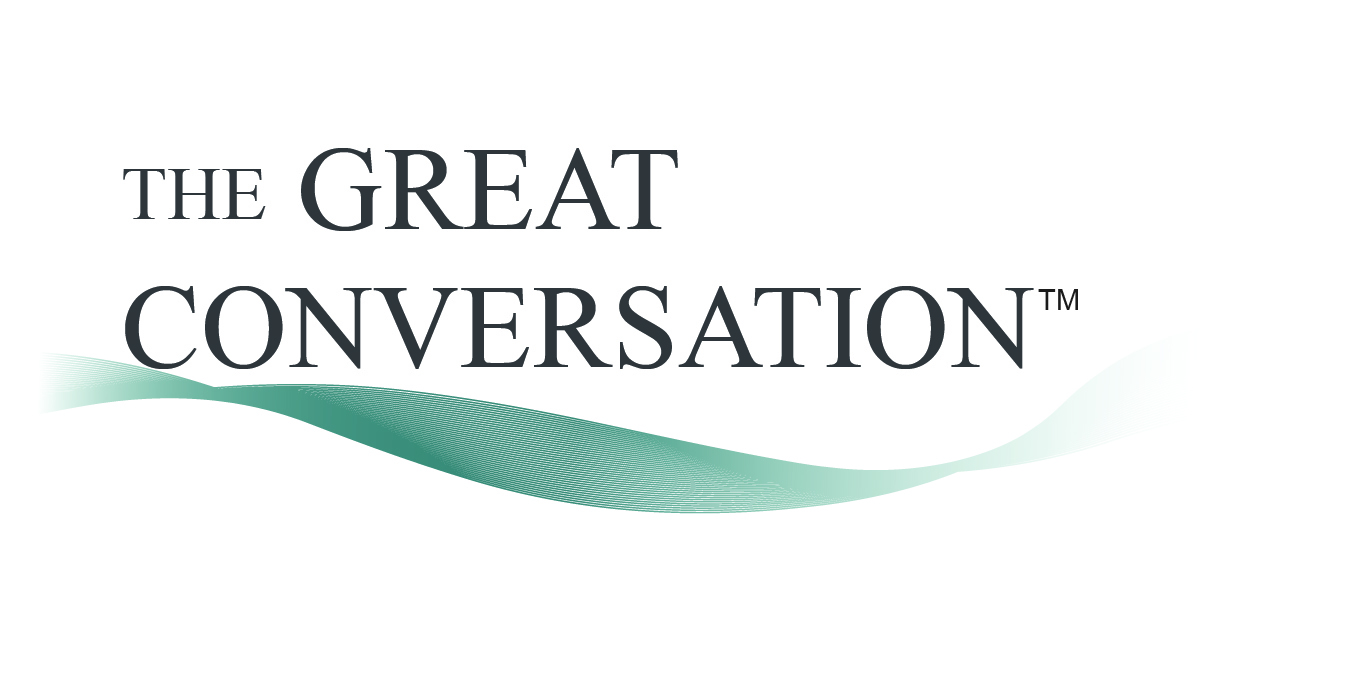Two CSOs. Two perspectives. Both in a Great Conversation on May 21, 2019 at The Great Conversation in Security™
Their interest and their passion? The future of the ‘art of security’
Garrett Petraia, Levi Strauss and Tyson Aiken, Nike, started their conversation with a simple logic statement.
·Art often refers to the past: the value of what has been accomplished.
· State of the art implies more of an active present tense or emergent standard of conduct.
· Should we refer to the Future of Art as the process we use to revise or disrupt a standard based on a new way of thinking?
For example, we all practice “Risk Management”. But the term itself is limiting. It is only one side of a coin. The other side represents the opportunities that would arise if we had knowledge of the risks and leveraged them. This is an opportunistic mindset our industry must adapt to if they are going to become true business advisors and leaders.
And for business leaders, this strategic intelligence might move them from business enablement to business acceleration.
Tyson asked us: “How do we get to that place?”
And both speakers suggested we need to hire more business talent and train them in risk principles. “We need to move from hiring a resume that fits our current ‘state of the art’, to hiring based on intellect and values”, said Garrett. “I cannot allow my lack of perspective and knowledge to blind me to the risks or the opportunities. I must hire to support my blind spots.
But they acknowledged that it is easier to hire for security subject matter expertise then it is to find business talent that wants to join the security industry. The talent pipelines from the government, intelligent community, the military and the law enforcement community are crowded. So, our search for diversity will be more difficult. But it is desperately needed.
As Garrett said we need to understand why people fail. It usually comes down to the culture and the degree of collaboration they can foster with the community; the value intersection of their wants and needs with your own.
And both agreed, we need to learn how to gather, analyze, and leverage data that will allow business leaders to better comprehend their own risks and their opportunities by collaborating with our people and programs.
And it just might start with re-writing our own job descriptions to better represent the future of our art.

